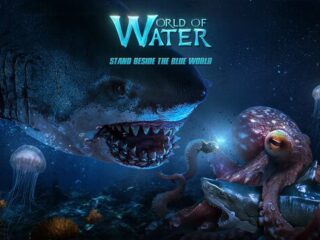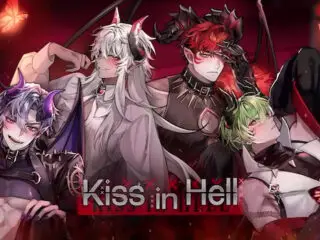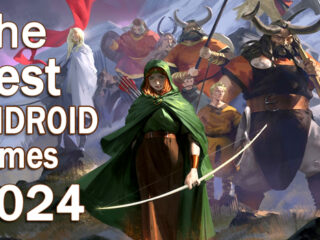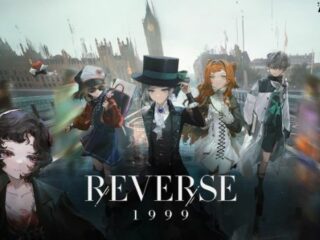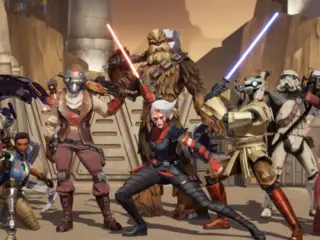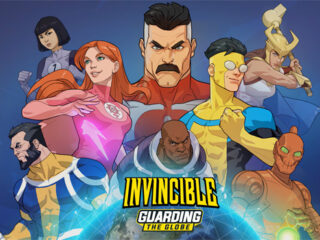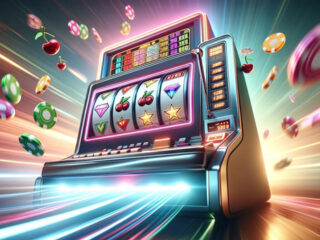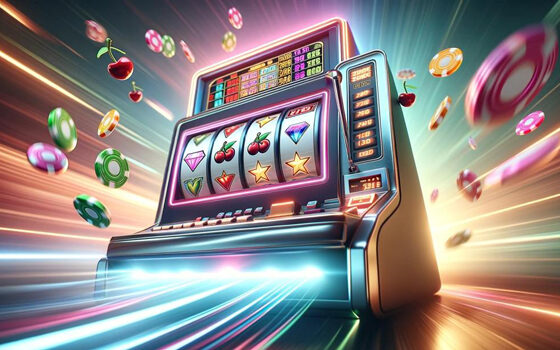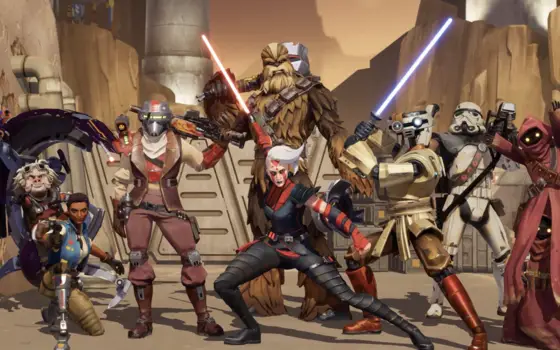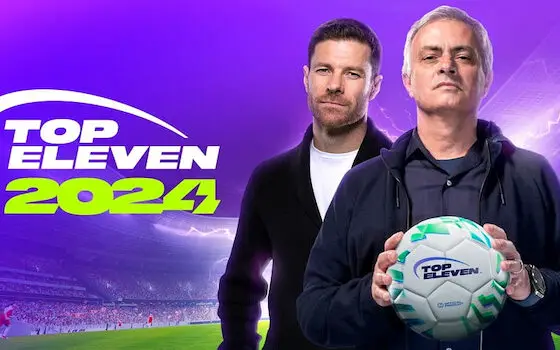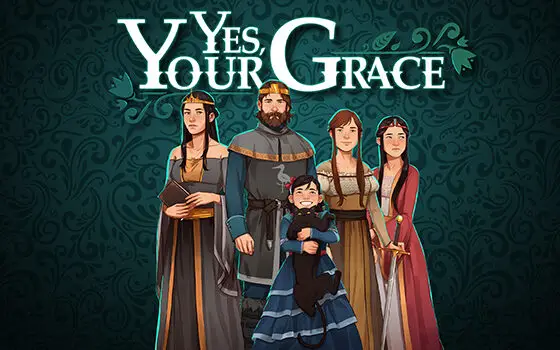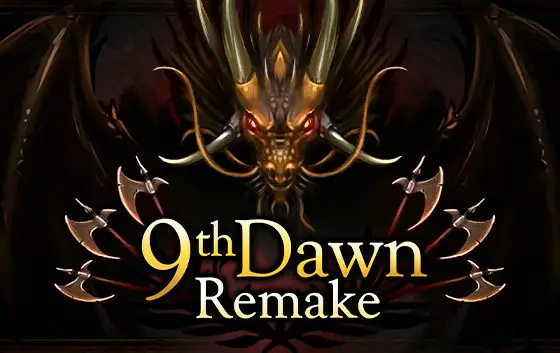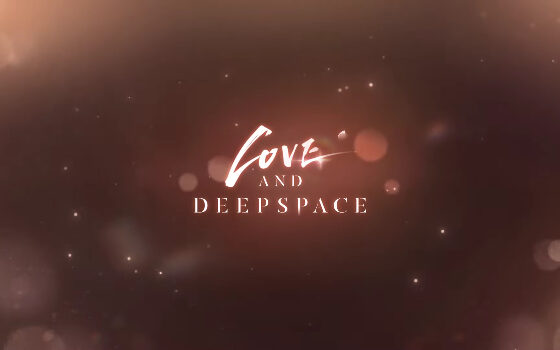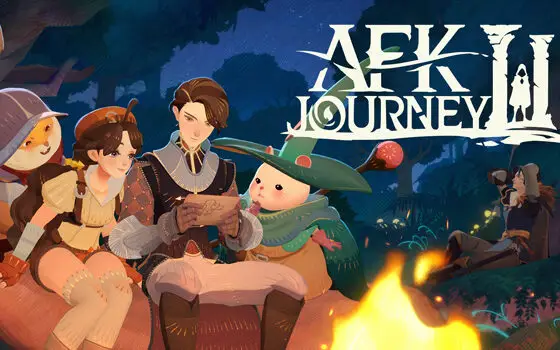Not Quite Saving the World
Developed by Ubisoft, Guarding the Globe brings the world of Invincible to mobile. Players recruit heroes and villains from the popular comic books and animated series and command them in battle. However, if you remove the licensed characters, there isn’t much to set it apart from other gacha RPGs.
Invincible: Guarding the Globe players take the role of an agent in the Global Defense Agency. They oversee the Guardians of the Globe, essentially acting as a middle-man between Cecil and the Guardians. The plot of what we’ll call Season 0 sees the Guardians, with help from Invincible and Atom Eve, investigating the sudden appearance of cloned superheroes. This conveniently explains how it can have the same character on both sides and why you can recruit characters who should be dead when the game takes place.
Heroes and Zeroes

Guarding the Globe divides heroes into four factions: The GDA, Criminals, Earth’s Defender, and From Worlds Beyond. These fill the same function as elemental strengths and weaknesses, though I’m not 100% convinced that makes sense in this case. I can see the logic of the GDA-aligned Guardians of the Globe having an advantage against supervillains. I also understand Earth’s Defenders like Invincible himself having an advantage against aliens. But why is he at a disadvantage against Criminals?
Hero factions aren’t evenly distributed across classes and rarities, with GDA and Earth’s Defenders overrepresented at the highest tier of rarity. I understand why that is the case; Everyone wants Omni Man, Invincible, and Atom Eve, so it makes sense for them to be among the hardest to get. Oddly, the rarest tier, Elite, also covers the largest number of heroes or over half the roster. Meanwhile, common is the smallest tier, with only four characters. I’m not bringing this up as a flaw. I just find it odd.
In addition to the faction rock paper scissors, characters come in three classes: Attacker, Defender, and Support. The first two are self-explanatory, though Support covers a variety of roles. For example, Atom Eve shields allies, while Isotope teleports frontline enemies to the back. Robot specializes in healing, though most Support heroes also have healing as a secondary role. In my experience, two Defenders, two Attackers, and a Support seemed to be an effective team layout.
Blood on the Ground
Combat itself is simple. You position your five heroes, hit play, then the game plays itself for a few seconds. You can choose to activate characters’ abilities manually instead of automatically, but that’s about it. This isn’t unusual for idle games, but I want to quickly compare it to the recent AFK Journey, a game with actual gameplay.

In some ways, Invincible: Guarding the Globe and AFK Journey are similar. Both are idle games where you collect random heroes and passively collect gold over time. However, AFK Journey also has a semi-open world to explore. Battles play out automatically, but different modes and maps often feature traps and barriers.
Invincible: Guarding the Globe doesn’t have any of that. There aren’t really maps, just empty rooms with different backgrounds. If hero placement matters beyond remembering to put your defenders up front, it’s too subtle to be noticeable.
I’m not saying your choice of heroes doesn’t matter. Like I said, you want to have a balanced party. However, it’s still mostly a numbers game, and one that’s fond of arbitrary difficulty spikes.
There is also no reason a massive company like Ubisoft working with an IP like Invincible shouldn’t do more than the bare minimum. Take away the licensed characters, and it’s just a bottom-of-the-barrel idle gacha game, and there are a million others just like it on Google Play.
Is It Hardcore?
No.
Ubisoft’s Invincible: Guarding the Globe does little to differentiate itself from other mediocre gacha games. The licensed IP doesn’t elevate the game. Guarding the Globe drags Invincible down.








